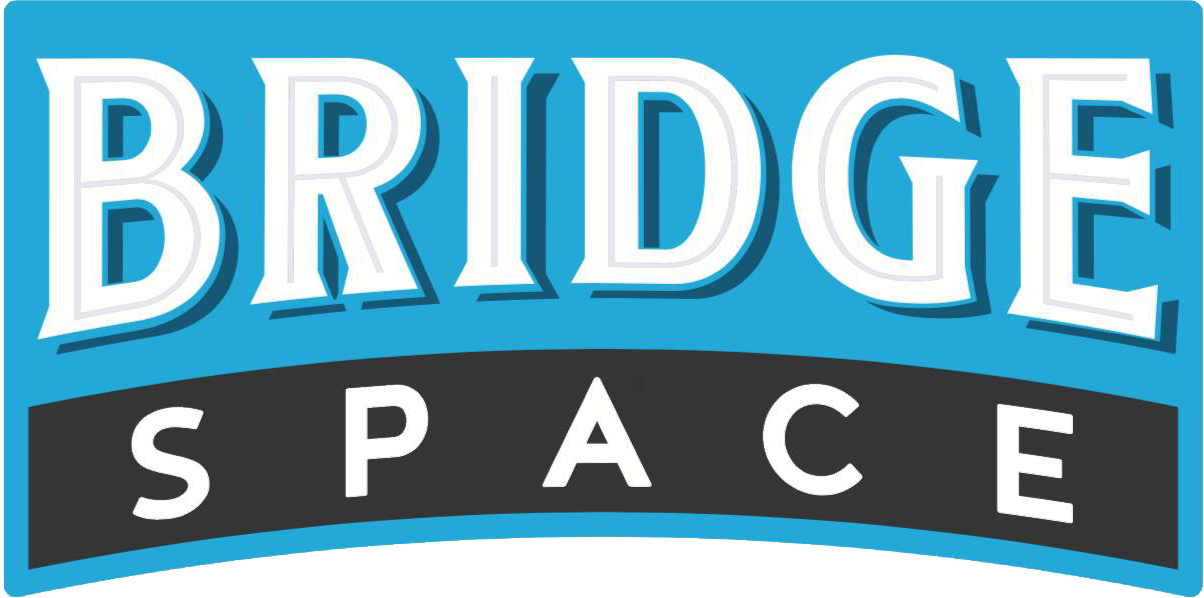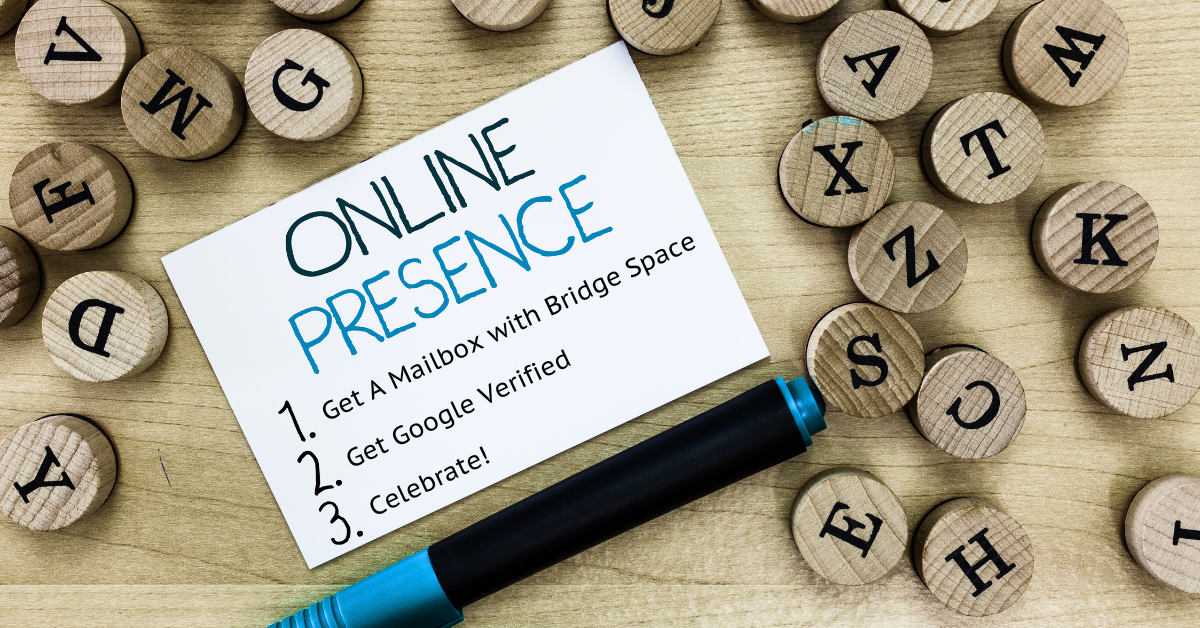Building a Strong Brand Identity in a Competitive Market
Building a Strong Brand Identity in a Competitive Market
In today’s crowded marketplace, having a strong brand identity is more crucial than ever. It’s not just about having a recognizable logo or catchy slogan; it’s about creating a lasting impression that resonates with your target audience. Whether you’re a small business owner, freelancer, or startup founder, building and maintaining a strong brand identity can set you apart from the competition and drive long-term success. This blog will guide you through the essential steps to develop a compelling brand identity and leverage it effectively.
The Importance of Brand Identity
A strong brand identity helps establish a unique presence in the market and build a loyal customer base. Here’s why it’s vital:
- Recognition: Consistent branding makes your business easily recognizable. Think about major brands like Apple or Nike – their logos and colors are instantly identifiable.
- Trust: A professional and consistent brand builds trust with your audience. People are more likely to purchase from a brand they recognize and trust.
- Differentiation: In a competitive market, a strong brand identity differentiates you from your competitors, highlighting what makes your business unique.
- Customer Loyalty: A strong brand fosters emotional connections with customers, leading to loyalty and repeat business. (Client Relationships Blog)
- Professionalism: Using a professional business address rather than a home address, for example, adds to your brand’s credibility and separates personal life from professional life.
Steps to Building a Strong Brand Identity
1. Define Your Brand
Start by defining what your brand stands for. This includes your mission, vision, and values. Ask yourself:
- What does my business do?
- Why do we do it?
- What values guide our business?
Having clear answers to these questions forms the foundation of your brand identity.
2. Know Your Audience
Understanding your target audience is crucial. Conduct market research to gather insights into their needs, preferences, and behaviors. Knowing your audience helps you tailor your brand message and create a connection with potential customers.
3. Create a Strong Visual Identity
Your visual identity includes your logo, color scheme, typography, and imagery. These elements should be consistent across all platforms and materials. A well-designed logo and cohesive visual identity help ensure your brand is memorable and professional.
- Logo: Design a simple, memorable logo that represents your brand.
- Colors: Choose a color palette that evokes the right emotions and aligns with your brand’s values.
- Typography: Select fonts that are readable and convey your brand’s personality.
4. Develop a Unique Brand Voice
Your brand voice is how you communicate with your audience. It should reflect your brand’s personality and values. Whether it’s formal, casual, playful, or professional, consistency is key. Your brand voice should be evident in all your communications, from social media posts to customer service interactions.

5. Tell Your Brand Story
Brand storytelling is a powerful way to connect with your audience on a deeper level. Share your brand’s journey, the challenges you’ve overcome, and the successes you’ve achieved. Authentic stories humanize your brand and make it more relatable.
6. Leverage Community Resources
Coworking spaces like Bridge Space offer valuable opportunities to enhance your brand identity. Engage in networking events, workshops, and collaborative projects. Being part of a community of like-minded professionals can provide inspiration, support, and exposure.
7. Consistent Branding Across All Touchpoints
Ensure your branding is consistent across all customer touchpoints – your website, social media, business cards, email signatures, and even your business address. Using a professional mailbox service instead of a home address can enhance your brand’s credibility and ensure privacy.
Maintaining Your Brand Identity
Building a brand identity is just the beginning; maintaining it is equally important. Here’s how:
- Regularly Review Your Brand Strategy: Periodically assess your brand strategy to ensure it aligns with your business goals and market trends.
- Adapt to Changes: Be open to evolving your brand identity as your business grows and market conditions change. However, maintain core elements to ensure continuity.
- Engage with Your Audience: Continuously interact with your audience through social media, email newsletters, and community events. Listen to their feedback and make necessary adjustments.
A strong brand is important in your business!
A strong brand identity is a powerful tool that can drive your business’s success in a competitive market. By defining your brand, understanding your audience, creating a cohesive visual and verbal identity, and leveraging community resources, you can build a brand that stands out and resonates with your customers. Remember, consistency and authenticity are key to maintaining a strong brand identity. Start today, and watch your business thrive.
By following these guidelines, you’ll be well on your way to establishing a brand that not only stands out but also builds lasting connections with your audience.











